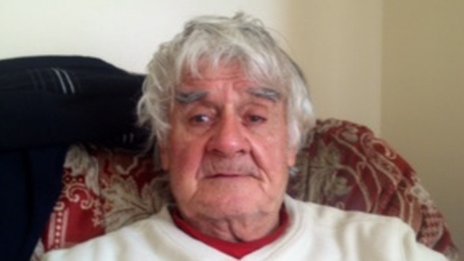
A grieving Rhymney family went to say their final goodbyes to their dead dad – but were shown the wrong body by hospital staff.
Ex-miner William Carroll, 85, was laying in rest when his heartbroken family wanted to pay their last respects to him.
But his bereaved children were shocked to see a complete stranger’s body lying where they expected their father to be.
His daughter Dawn James ran out from the room screaming: “That’s not my Dad”.
Hospital workers apologised to the family blaming the mix-up on understaffing at the Prince Charles Hospital in Merthyr Tydfil. An investigation has now been launched by NHS offcials.
Son Andrew Carroll said: “We were disgusted. I understand that we all make mistakes, but this should never happen.
“I’m reporting this because it can’t happen to another family.”
The family went to the hospital’s chapel of rest on Monday January 12, the day after the death of Mr Carroll, from Rhymney.
Son Mr Carroll, 47, told staff they had made a mistake and they were told they could see the correct body. But his sister, 49, was too upset to go back in.
He added: “The man who brought the body out apologised too and said the hospital was understaffed.
“We complained and the woman I spoke to couldn’t apologise enough on behalf of the hospital.”
Lynda Williams, director of nursing at Cwm Taf University Health Board apologised for the mistake – and promised it will not happen again.
“A senior member of our staff from the department involved has spoken to the relatives and have offered an explanation for what appears to have been an unfortunate error.
“There will be a full investigation undertaken and the findings reported to the family. We will also implement any outcomes of the investigation to ensure this does not happen again.”

An upsetting experience at a sad time for the family, but isn’t this why relatives are asked by the hospital to identify the body to confirm beyond doubt who the deceased is, it seems rather unfair to say that the hospital staff were at fault in any way.
With dental records and DNA samples you would have thought there would be enough to safely identify a body.